Franken Casks the First Stone
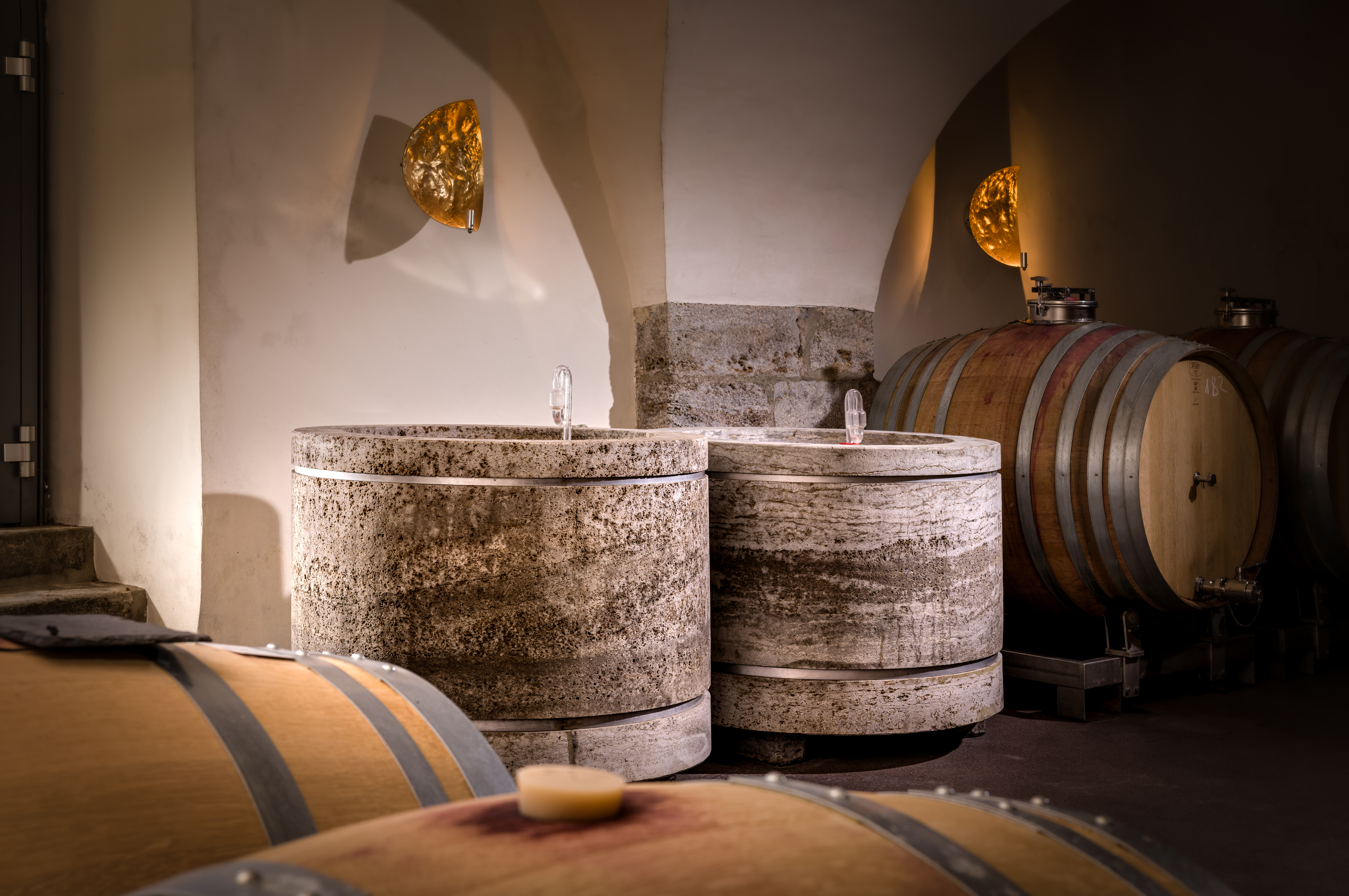
Silvaner aged in shell limestone casks: quintessential expression of terroir, steinwein 2.0, or a flight of foolishness?

Silvaner aged in shell limestone casks: quintessential expression of terroir, steinwein 2.0, or a flight of foolishness?
Matthias Neske has done a lot of things. He has worked for the government, in research, in tourism, has done UN projects in Asia, holds a PhD in Geography - and then there's wine.
Now he works full time as a freelancer in the wine business. He has been publishing on his blog Chez Matze for over ten years. He is also co-author of the Falstaff Wine Guide Germany, and writes for retailers and growers. Matthias is passionate about individuality, nature, diversity and dry humor.
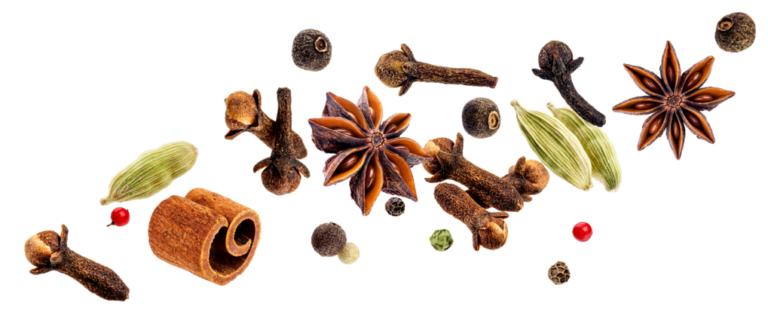
Picture yourself at a German holiday market (if such things were happening in 2020) — a mug of glühwein in hand and the scent of fresh pfeffernuss cookies in the air. It’s no surprise that these warm, spicy aromas are key attributes in many wines from Germany and Austria, South Tyrol, and the German-speaking parts of Switzerland. And there’s a hidden world of compounds and precursors to thank for this distinctive and alluring range. Much like a chef in the kitchen, growers can influence the aromatic and flavor complexity of their wines by playing with soil type, exposition, vine age,…...
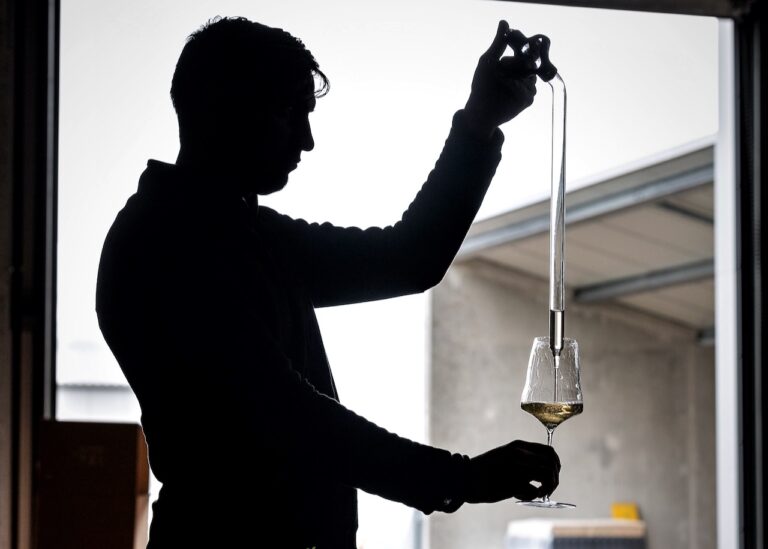
German Chardonnay may be the most thrilling wine for our moment.
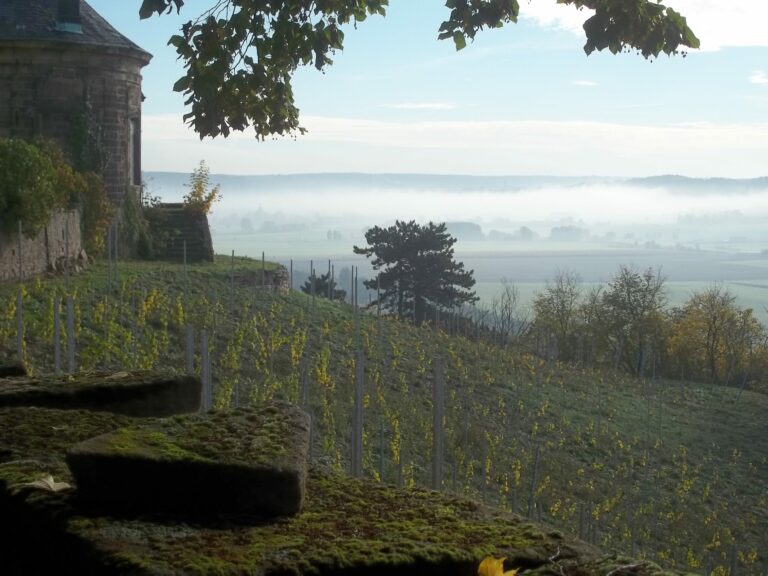
Trink Magazine | That viticulture is still possible in Germany's Saale-Unstrut in an age of climate crisis is due to the microclimate of the valleys and the perseverance of its growers.
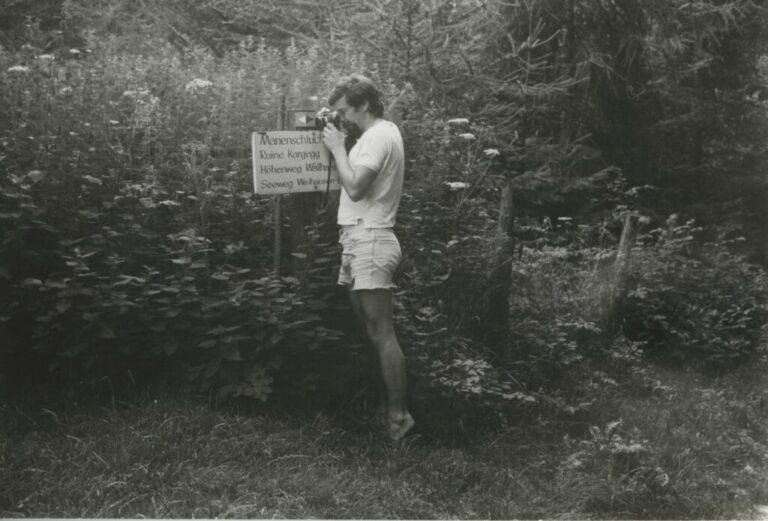
If Emilio Zierock finds it hard to talk about his controversial father, you can’t tell by listening to him. He speaks with remarkable openness about the man. Rainer Zierock, who passed away in 2009, was a brilliant visionary, but also in all likelihood the grandest provocateur in post-war German and Italian viticulture. The powerfully eloquent and often choleric Zierock was considered an eccentric of note, and one who went after everyone. More than a few people also consider him a misunderstood genius, far ahead of his time. His influence on the young wine generation, and particularly the natural wine scene,…...
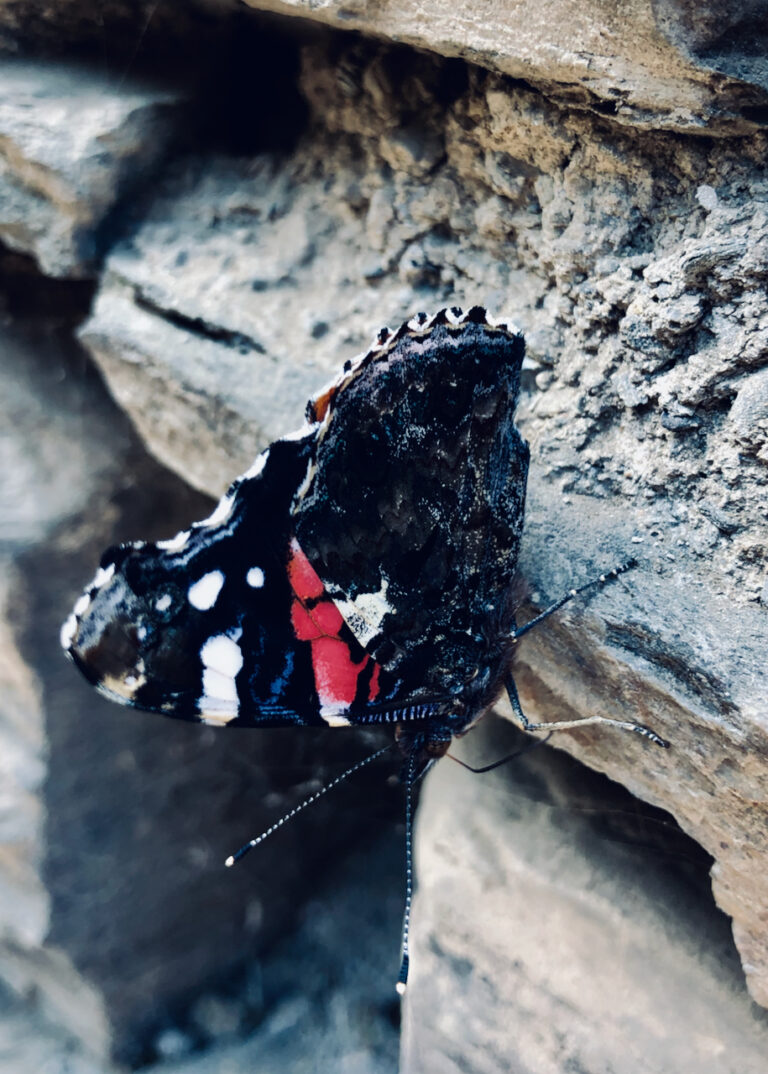
Don’t let anyone tell you those rocks are a waste of time. Twenty-five years from now, sitting in a Koblenz classroom on your first day of wine school, you will be grateful for each and every one of them. Because there in the heart of German wine country, those stones and their secrets — though you don’t know it yet — will be the foundation keeping you steady among your more experienced classmates, those vintners’ sons and daughters who boast seven, ten, 15 generations in the business, and counting. All while you are still trying to locate the Mosel on…...
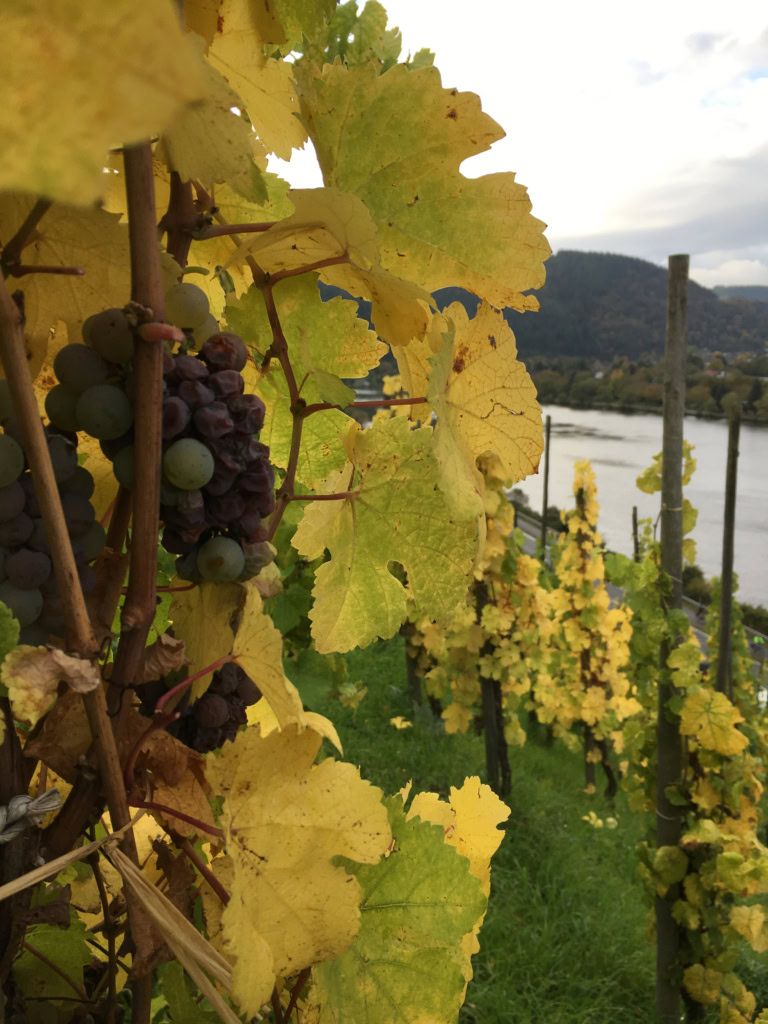
How a former chef's trip from the Norwegian Fjords to Germany's Mosel valley took wine appreciation to the next level.
Enjoy unlimited access to TRINK! | Subscribe Today